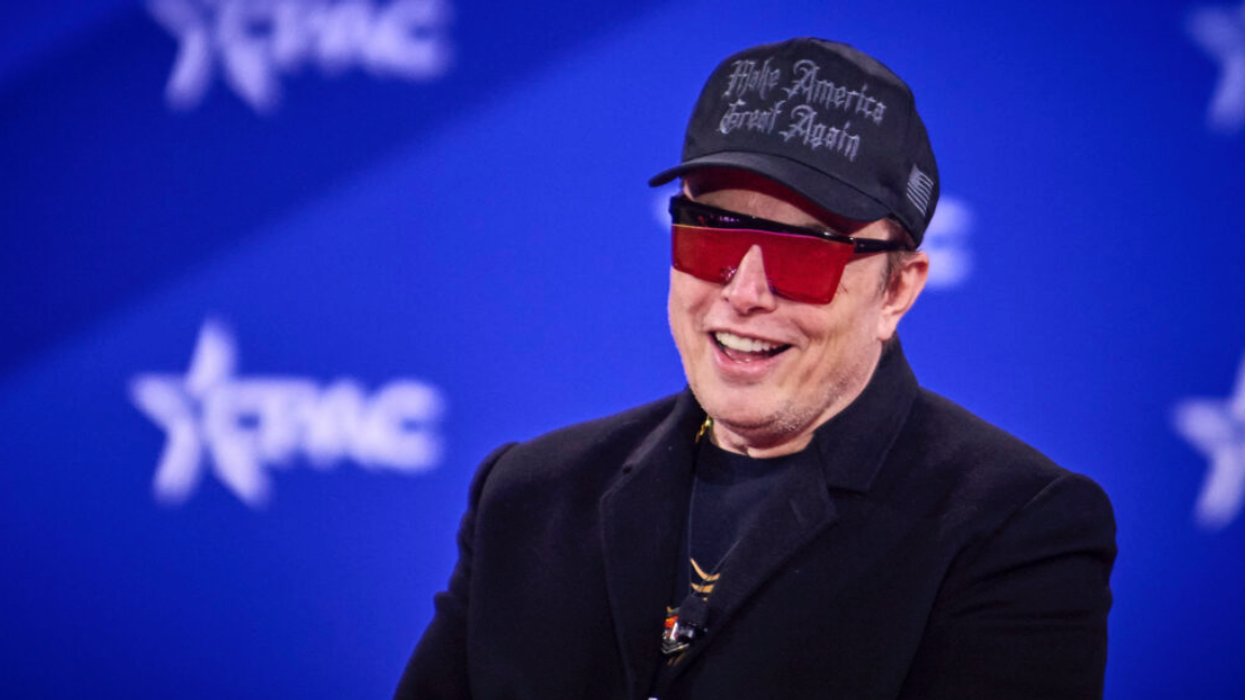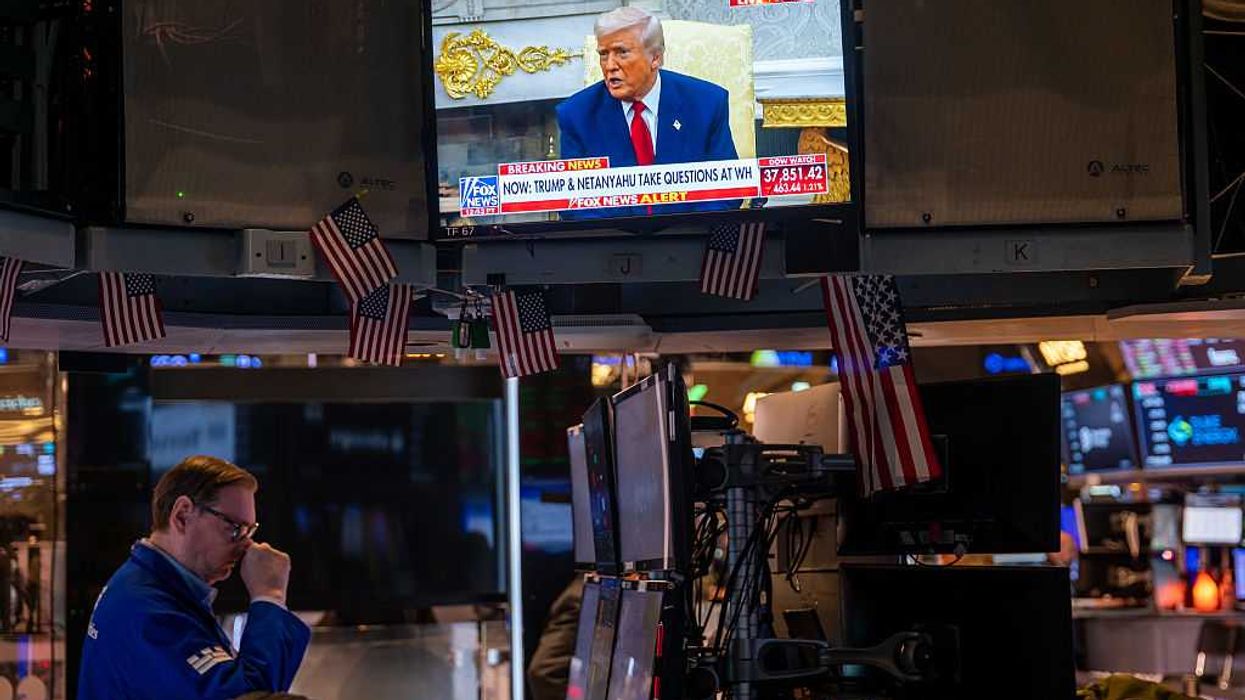When the computers arrived at City Hall in January of 2002, they were the talk of the town.
Known as “The Bloomberg,” the system of flat-screen terminals used to crunch real-time market data made famous by their namesake mogul Mike Bloomberg, were sent to populate the new mayor of New York City’s wall-less office, known to his staffers as The Bullpen.
Bloomberg donated the 35 terminals — sparing the city the minimum $1,285 per month to run them — so that his aides could get right to work. “It was just the fastest way to get the office set up with computers,” his comms director said.
But, like Bloomberg himself, they came with potential conflicts of interest. Would Bloomberg profit in any way from installing his proprietary technology? What of his stocks and investments? His financial dealings and media company? Bloomberg wasn’t your typical politician — he stood to benefit significantly from his role as both mayor and mogul.
His transition was much scrutinized. Headlines like “ Mayor Brings His Gadgets, And Thorny Conflict Issues ” ran in The New York Times and elsewhere. The city Conflicts of Interest Board released reports on his business dealings. Bloomberg ended up stepping down from his management role at his company, resigned from several boards, and his firm said it would not accept tax breaks that it had negotiated with the city, and donated seven other terminals that were being leased by the city.
But while Bloomberg was mostly compliant with rules attempting to deconflict him, he also “greatly blurred the lines between his personal business and the city’s,” with at least 33 of his clients’ firms — including Merrill Lynch — continuing to do business with the city while he was mayor.
It was something of a test case for the complications that can occur when vast sums of money and power mix.
That all seems quaint today, however, when compared with the guy who’s apparently in charge of the U.S. government.
Elon Musk, the billionaire mogul and politics hobbyist, is perhaps now the most conflicted person in the history of American government, and to make matters infinitely worse, he is operating in the shadows.
As head of DOGE — President Trump’s new government efficiency endeavor — Musk is now overseeing nearly every federal agency, including a slew that directly regulate his own businesses, like the FAA, NASA, the National Highway Traffic Safety Administration, the Securities and Exchange Commission, the Occupational Safety and Health Administration, the National Labor Relations Board, and the Consumer Financial Protection Bureau.
Needless to say, despite reassuring us that he’ll monitor his own conflicts, they are seemingly everywhere and endless.
Musk’s DOGE has reportedly recommended firing workers at the FDA, which regulates Musk’s Neuralink devices; USAID, which oversaw and financed his Starlink technology; FAA, which regulates SpaceX; CFPB, which regulates Tesla’s financing; NHTSA and NLRB, which are involved in regulating both Tesla and X, formerly Twitter; the SEC, which has investigated Musk’s takeover of Twitter; and ostensibly more to come.
And the FAA has announced it will use Starlink to upgrade the IT networks it uses to manage our skies. Of course, the amount of the contract has not been disclosed as of yet.
Even compared to Trump, who not only entangled his businesses with the presidency, but his own family members, Musk’s simultaneously ambiguous and omnipotent role at DOGE seemingly has him in charge of hiring and firing, budgets, data and information at the very agencies that can make his businesses thrive or suffer.
If that sounds like a bad idea, it definitely is, especially for a guy known to prefer a chainsaw to a scalpel as he goes about the business of “government efficiency.”
It’s sort of like making the arsonist the new fire chief — and the head of HR, and the lead accountant, and the chief information officer — while also awarding him a contract for accelerants.
And the cherry on top is the lack of transparency — White House Press Secretary Karoline Leavitt wouldn’t even say who is actually running DOGE.
But with Musk’s office conveniently inside the White House complex, and a seat at Trump’s first Cabinet meeting this week, the only thing that is clear is he has unprecedented access to the president and nearly all federal agencies.
Even without conflicts that would be an outsized amount of power for someone who was neither elected nor confirmed by the Senate. With them, we could be in for untold new levels of corruption, self-interest, cronyism, and self-motivated vengeance inside the government.
Will voters revolt? Will Republican lawmakers care? Will Democrats be able to stop it? As is becoming the norm under Trump 2.0, we just don’t know.
S.E. Cupp: Welcome to the Musk era of unchecked conflicts was originally published by the Tribune Content Agency and is shared with permission. S.E. Cupp is the host of "S.E. Cupp Unfiltered" on CNN.



















